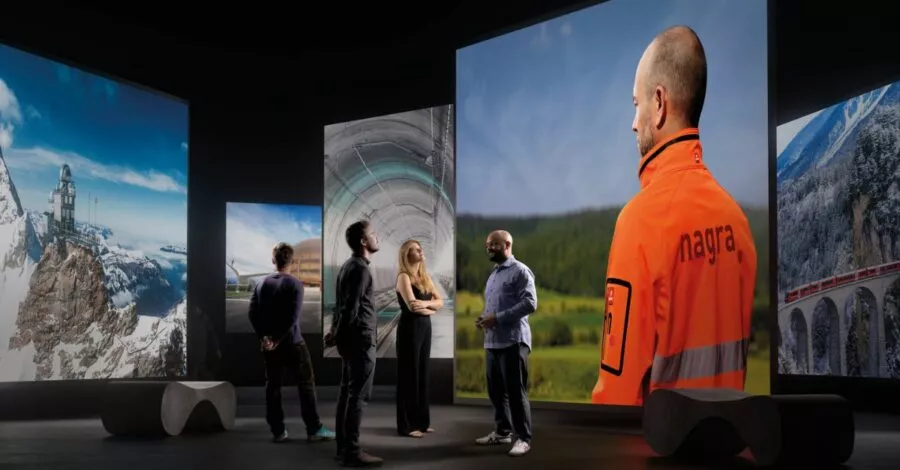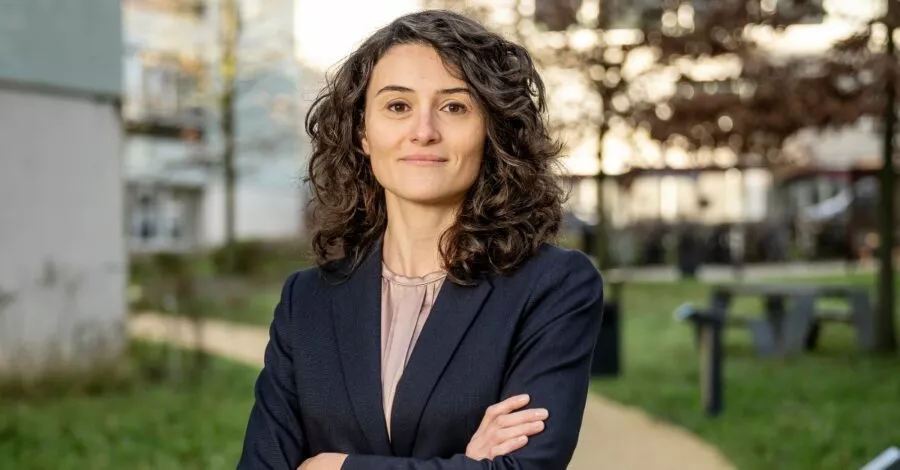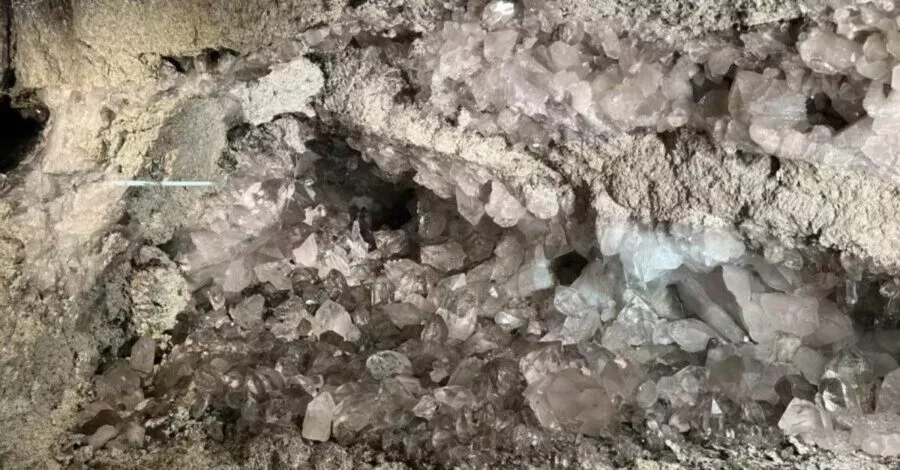
12th September 2022: “Geology has the final say.”
This sentence from Nagra’s CEO, Matthias Braun, abruptly catapulted Switzerland’s deep geological repository project and the community of Stadel into the spotlight, eliciting thousands of media reports. In addition to the Swiss Broadcasting Corporation, SRF, and other national news outlets, even international media such as the Guardian reported on the siting proposal.
This was not a foregone conclusion as Queen Elizabeth had died only four days earlier. The death of the monarch dominated the press to a much greater extent – yet Nagra’s siting proposal on 12th September received considerable attention.
But then?
National and international interest waned quickly. Another major media event stole the headlines. This time it was Switzerland’s King: Roger Federer announced his retirement on 15th September. Faster than heads could follow Federer’s ace serves, the nation’s attention was drawn from the Zürcher Unterland to the annals of tennis.
Broadly speaking, only a few people outside the affected region follow the project of the century of deep geological disposal. For this reason, we are now providing a summary of what has happened since the siting proposal was announced one year ago.
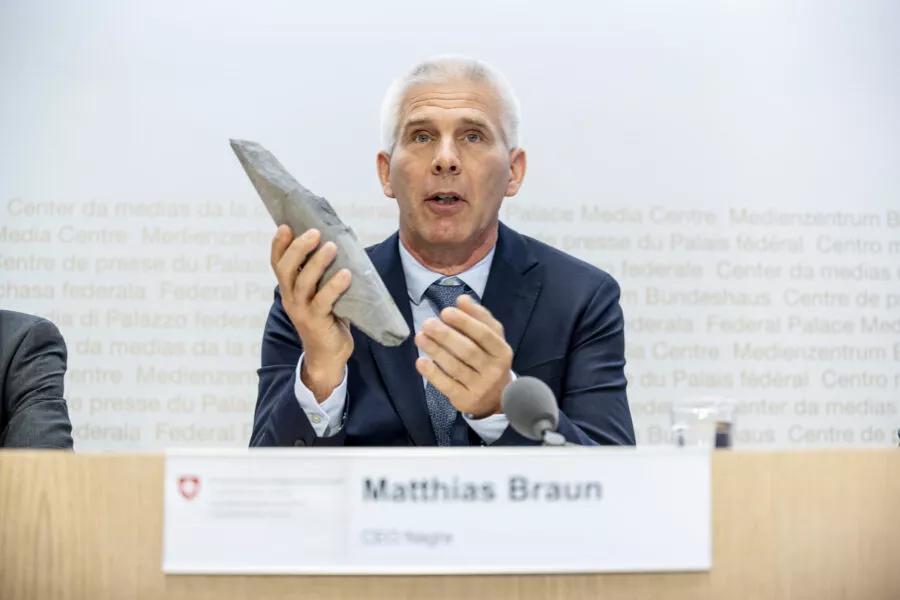
The region becomes active
The region first had to come to terms with the siting proposal. Reactions from the local population were mostly pragmatic. Specific questions included: Which roads will the lorries take? How will noise and privacy protection be ensured? Will there be any form of financial settlement? How will this impact property prices? Stakeholder and expert groups that had been following the process for some time were consulted.
For now, we will leave the technical jargon aside and focus on how the region has dealt with the situation.
Prompted into action: the three most directly affected municipalities, Stadel, Weiach and Glattfelden, organised two information events, one in autumn 2022 and one in spring 2023. More are to follow. The three mayors looked abroad and travelled to Finland, where the Onkalo repository is being constructed. The mayors were particularly inspired by the exchange with the Eurajoki siting community but also by discussions with other affected communities in Europe. The exchange was beneficial but, as Stefan Arnold, mayor of Weiach, told the public at one of the information events: “Every repository project is unique”.
By the end of 2022, the Nördlich Lägern regional conference had also undergone reorganisation. After eleven years with Hanspeter Lienhart as president, Christopher Müller and Reto Grossmann were elected as co-presidents of the regional conference. Collaboration with the regional conference and the local authorities had been established for a while. We are grateful for this. It is important for Nagra to continue and deepen this successful collaboration.
The region welcomed high-ranking visitors on 31st October: Federal Councillor Simonetta Sommaruga travelled to Zweidlen-Glattfelden. The information event organised by the Swiss Federal Office of Energy was met with great interest, and some guests had to make do with standing room only. Federal Councillor Sommaruga told those present that it was the task of politicians “to do everything possible now so that we do not pass any burdens on to future generations”.
Speaking of taking action: in Stadel, the local community created a new organisation. The working group is named “STADELaktiv” and its slogan is “Deep geological repository – please treat us fairly”. Fair means ensuring that the region is not ripped off. With this, a new player has emerged who will critically scrutinise the project and the process. This is both useful and important because criticism can help to improve the project.
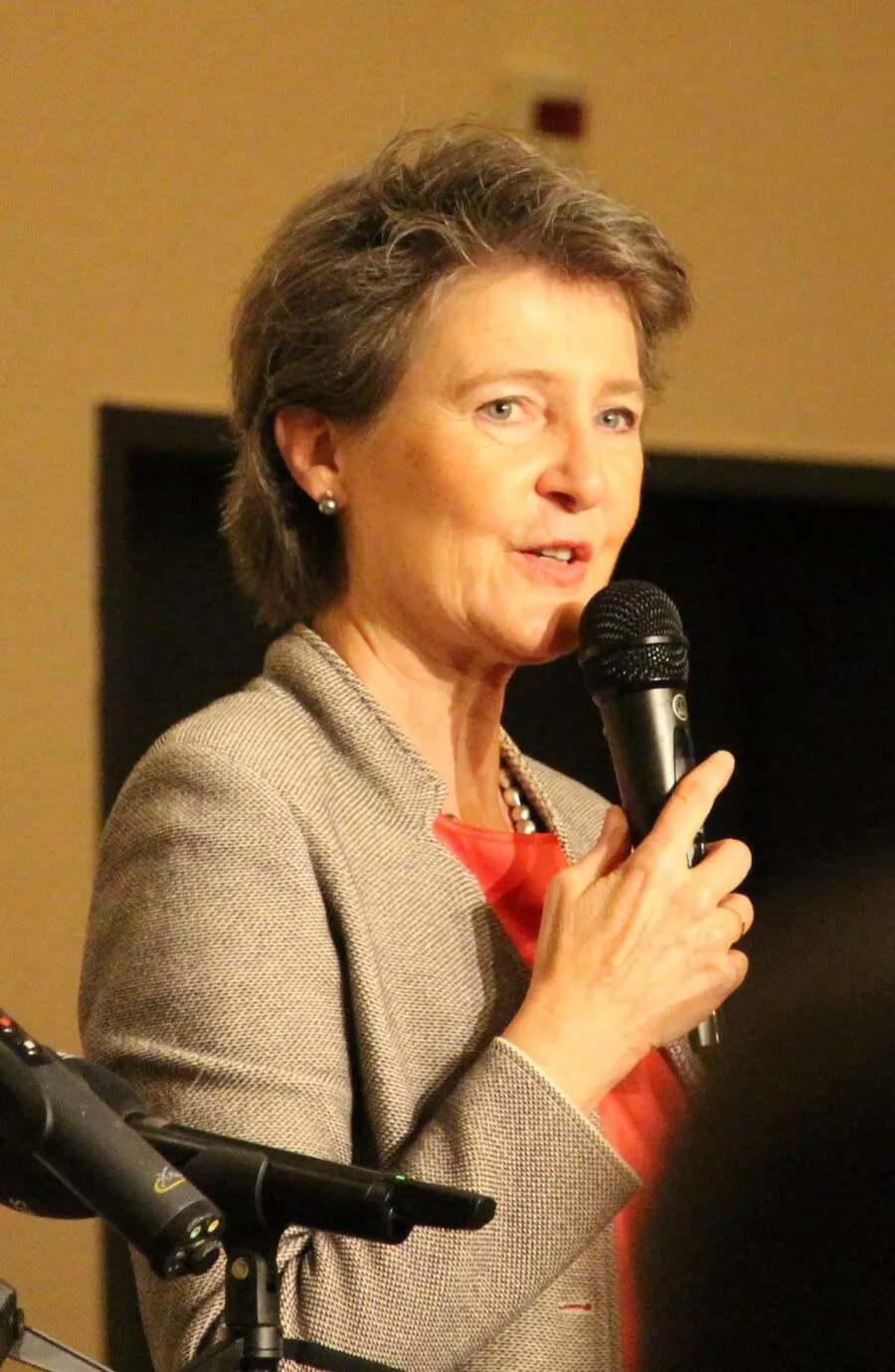
Nagra listens…
Nagra appeased the region’s thirst for knowledge with its information pavilion in Windlach in the community of Stadel. Many groups visited the pavilion that had been commissioned after the siting proposal and remained in place until April 2023. The primary objective was to engage in dialogue with people from the region. Nagra does not only want to inform, but also to listen, as illustrated, for example, in the “Voices of the Region”. This dialogue will be continued: Nagra is currently planning a follow-up project.
The siting region also includes an area in neighbouring Germany. Following the dismantling of the information pavilion, the purpose-built model of the deep geological repository model was moved to the town hall in Hohentengen, Germany, at the request of our German neighbours. The model remained there from May to July, and Nagra again set up a pavilion for dialogue.
In autumn and winter 2022, Nagra also organised five special open days to the Mont Terri Rock Laboratory for people from the Nördlich Lägern siting region. Interest was so great that four more open days were arranged in spring 2023. These were also well attended and, as a result, further open days have been scheduled to take place this autumn.
“We were already collaborating intensively with the siting region before the siting proposal. But with our announcement on 12th September 2022, we definitely opened a new chapter,” says Philipp Senn, Head of Communications and Public Affairs at Nagra. “The project has become more concrete. It is more important than ever before that we engage in open communication and attentive dialogue.
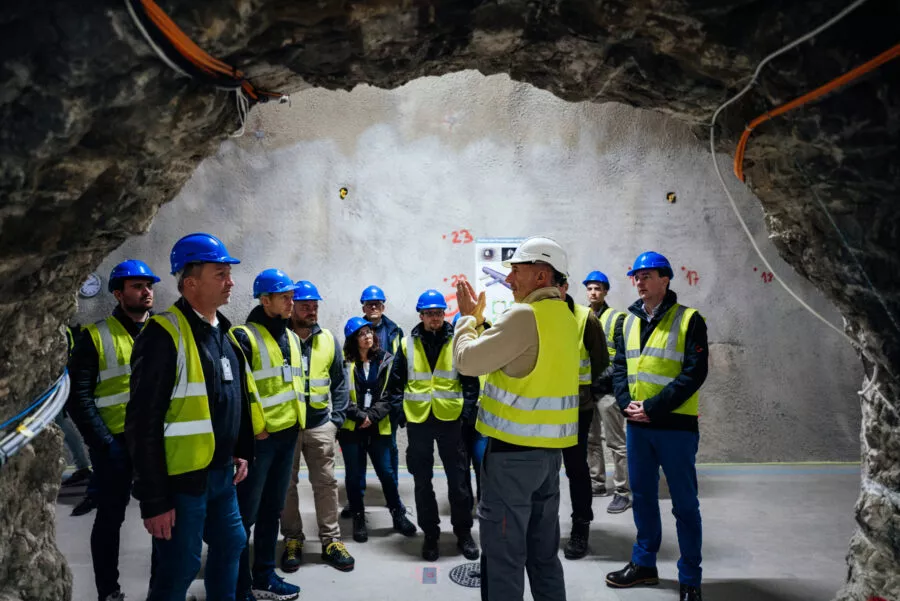
… and keeps working
The siting proposal is not the end of the story. A lot of work remains to be done, whether out in the field or in the office. The long-term monitoring systems in the Marthalen-1, Stadel-3 and Bözberg-1 boreholes have all been put into operation. Nagra and maintenance company employees can still be seen at the drill sites from time to time, carrying out investigation into the deep groundwater.
Nagra intends to continuously develop and improve the project. How can the latest state of the art in science and technology be applied on a continuous basis? Or where can the Swiss repository project learn from other waste management projects? Since April 2023, these questions are being addressed in the new “Optimisation” project headed by Irina Gaus. This allows Nagra to ensure sufficient flexibility for future optimisation steps while simultaneously moving ahead.
After decades of research and a painstaking site selection process, Nagra is now entering the licensing phase: For some time now, the focus has been on preparing the reports required for the general licence applications. Nagra expects to submit these by the end of 2024. Our experts are working flat out on their reports: in the first half of 2023 alone, three technical reports and nine work reports were completed and published on our website.
Geology has the final say. But the people from the region have also raised their voices. This is a welcome development. We want to construct not only a safe deep geological repository, but also a sustainable and socially compatible one. We can only achieve this by working closely with the region, so we hope it will continue help shape the project. In this way, the region makes an important contribution to this national task. We are grateful for that – because the clock is ticking for the project of the century of deep geological disposal. Nagra proposed a site one year ago. In around one year from now, it plans to submit the general licence applications. This will be the next milestone on the road to a deep geological repository for Switzerland.
Similar articles
What does Switzerland think about the deep geological repository?
Switzerland is confident that it can realise the project of the century of deep geological disposal. A recent, representative survey shows that acceptance is high across the whole of Switzerland and in the affected region.
